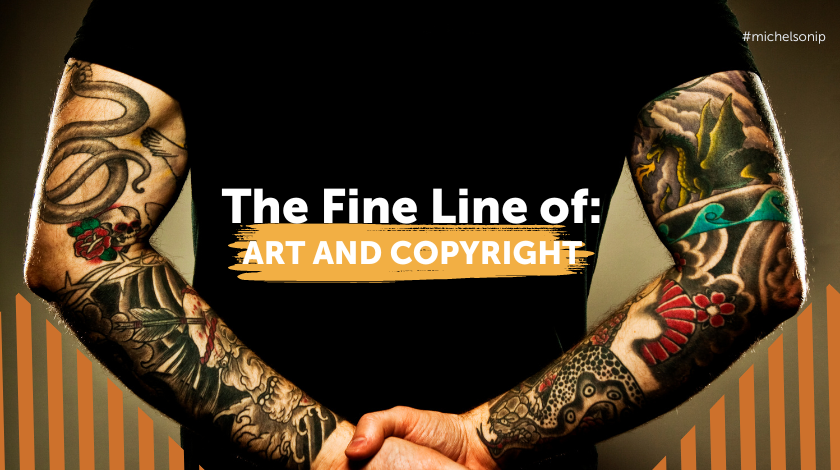In a memorable scene from “The Hangover Part II,” Stu Price, portrayed by Ed Helms, wakes up with a tribal tattoo wrapped around his eye, a not-so-subtle nod to Mike Tyson’s famous ink. It was funny on screen; off-screen, however, the tattoo sparked a legal battle just weeks before the movie’s release. S. Victor Whitmill, the tattoo artist responsible for Tyson’s iconic facial tattoo, filed a lawsuit against Warner Bros. for copyright infringement due to their use of the tattoo design.
The Fake Tattoo That Almost Delayed a Movie’s Release
While the sequel was nearing its release, Whitmill sought a preliminary injunction. In short, this meant he wanted to stop the release of the movie until the copyright issues were sorted out.
The twist in Whitmill’s argument was the timing: He had officially secured the copyright for his artwork just a month prior to the film’s release, which posed a tricky situation. Warner Bros. may have argued that they were unaware of the registered copyright, but this defense overlooks a crucial point: The tattoo, as an original work of art, was protected by copyright law from its creation, not just from the registration date. There was virtually no question that Warner Bros. should have requested Whitmill’s permission to use the design.
The heart of the conflict, though, revolved around Warner Bros. defense: fair use. Warner Bros. claimed that the copycat tattoo was more of a tongue-in-cheek parody than a rip-off of Whitmill’s art. If the court sided with Warner Bros., it would have meant their use of the tattoo was not an infringement of Whitmill’s copyright.
What is Fair Use?
Let’s decode “fair use.” When a court considers the “fair use” of a copyright, they will look at four key factors:
- Purpose and Character: Is the use a copy, or does it transform the creation in some way?
- Nature of the Work: Is the work more factual or creative? Creative works generally receive stronger protection.
- Amount: How much of the original work was used? Did they use a small fraction or all of the work?
- Effect on the Market: Does the secondary use reduce the market value of the original work?
The Case Heads for Trial, But Then…
Although the Court did not grant the preliminary injunction, which allowed the movie to be released on time, the judge did allow the case to move closer to trial, recognizing that Whitmill may have had a solid legal claim.
Sadly, we’ll never know exactly how the case would have turned out because Whitmill and Warner Bros. ultimately reached a private settlement. The settlement may have signaled an acknowledgment of the complexity and potential validity of copyright claims over body art.
For many, the tale is more than just a Hollywood anecdote, it’s a quirky reminder of the dance between IP rights, fair use, and creative liberties taken in the film industry. In a world where art can intersect with commerce in unexpected ways, this case serves as a reminder to tread carefully and respectfully in the copyright arena.
_________
The Michelson Institute for Intellectual Property, an initiative of the Michelson 20MM Foundation, provides access to empowering IP education for budding inventors and entrepreneurs. Michelson 20MM was founded thanks to the generous support of renowned spinal surgeon Dr. Gary K. Michelson and Alya Michelson. To learn more, visit 20mm.org.

